As we age, staying active and maintaining physical strength can become more challenging. With natural declines in muscle mass, joint flexibility, and overall stamina, seniors often face difficulties in preserving their mobility and independence. This is where Electrical Muscle Stimulation (EMS) comes in as an innovative and effective tool to help seniors maintain their strength, flexibility, and overall quality of life.
EMS is a training technique that uses electrical impulses to stimulate muscle contractions, mimicking the natural signals the brain sends to muscles during physical activity. These impulses are delivered via pads placed on the skin, directly stimulating muscle fibers without the need for strenuous exercise. While EMS has been primarily used by athletes and in rehabilitation settings, it has gained popularity among seniors looking for a low-impact way to enhance their physical health.
The Benefits of EMS for Seniors
Maintaining Muscle Strength
One of the biggest concerns for seniors is muscle loss due to aging. As we get older, we naturally lose muscle mass, a condition known as sarcopenia. This can lead to frailty, weakness, and an increased risk of falls. EMS training can help prevent this decline by stimulating muscles, promoting their growth and strengthening them over time. Regular EMS sessions can help seniors retain muscle strength, improving their balance and stability.
Improving Mobility and Flexibility
Mobility issues, such as stiffness in the joints, are common as we age. EMS can also aid in improving flexibility by helping to loosen tight muscles and improve the range of motion. By incorporating EMS into regular routines, seniors can experience improved joint flexibility and better overall movement. This can have a significant impact on everyday activities, from walking to climbing stairs.
Pain Management and Rehabilitation
For seniors dealing with chronic pain or recovering from injuries, EMS can provide relief. The electrical impulses from EMS can help reduce pain by stimulating endorphin release, the body’s natural painkillers. EMS is also widely used in rehabilitation settings, helping to accelerate recovery by increasing blood circulation and reducing inflammation in affected areas. For seniors recovering from surgery or injury, EMS can be an essential part of the rehabilitation process.
Improving Posture and Balance
Good posture is essential for preventing falls and maintaining independence. EMS works by stimulating the core muscles, which are essential for supporting the spine and maintaining proper posture. With consistent EMS training, seniors can improve their posture and balance, lowering their risk of falls and enhancing their overall mobility.
Low-Impact Exercise Option
As seniors age, high-impact exercises such as running or lifting heavy weights may not be feasible or safe. EMS offers a gentle, non-strenuous alternative that still provides the benefits of muscle activation and strengthening. This makes it an excellent choice for seniors who want to maintain or improve their physical strength without putting excessive strain on their joints.
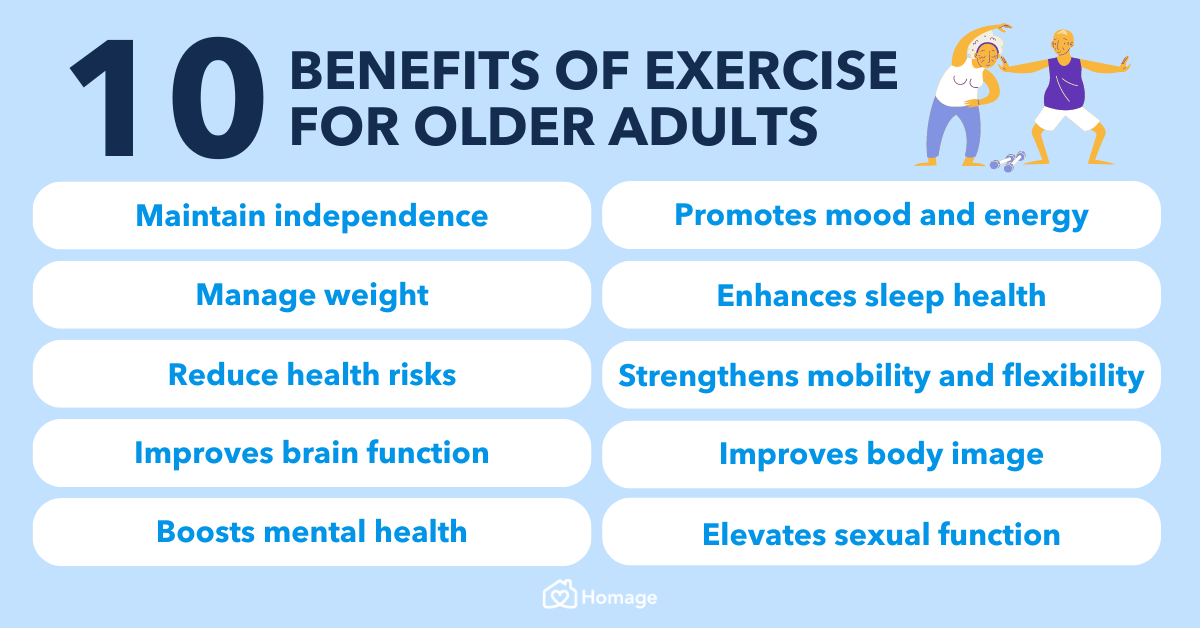
Is EMS Safe for Seniors?
Safety is always a priority when considering any new exercise or therapy, especially for seniors. Fortunately, EMS is generally considered safe when used correctly and under professional guidance. Here are some key safety considerations:
Consultation with a Healthcare Provider: Before beginning EMS training, seniors should consult with their healthcare provider, especially if they have any underlying health conditions such as heart disease, arthritis, or neurological issues. EMS should be used with caution in individuals with certain medical conditions.
Tailored Programs: EMS programs for seniors should be customized to their specific needs and fitness levels. A professional can adjust the intensity and duration of sessions to suit individual health conditions and goals.
How to Get Started with EMS Training
For seniors interested in trying EMS training, here are some practical steps to take:
Find a Qualified Provider: Look for a certified EMS practitioner or a clinic that offers EMS training for seniors. Ensure that the provider is experienced in working with older adults and has a good understanding of age-related health concerns.
Start Slowly: It’s important to start with low-intensity sessions and gradually increase the duration and intensity as your body becomes accustomed to the electrical stimulation.
Consistency is Key: Just like any fitness program, consistency is essential. EMS should be incorporated into a regular routine to see long-term benefits. Most seniors will benefit from a few sessions per week, depending on their individual goals and physical condition.
Combine with Other Healthy Habits: EMS should be used as a supplement to a healthy lifestyle, including a balanced diet, hydration, and regular physical activity. It can work wonders alongside gentle stretching, walking, or other low-impact exercises.
Real Stories: How EMS Has Helped Seniors
Many seniors have experienced remarkable improvements in their physical health and well-being after incorporating EMS into their routines. For example, a 70-year-old woman with osteoarthritis found that EMS helped her reduce pain in her knees and improve her range of motion. Another senior, who had been struggling with mobility after a fall, used EMS as part of his rehabilitation, resulting in improved strength and reduced pain, enabling him to regain his independence.
EMS and Mental Health: A Boost for the Mind
Physical health and mental well-being are deeply connected, especially as we age. Maintaining physical strength and mobility not only keeps seniors physically active but also plays a critical role in enhancing cognitive function and mental health. Regular EMS sessions can help alleviate symptoms of anxiety, depression, and stress, which are common among older adults. The release of endorphins during EMS training contributes to a positive mood and can improve overall mental clarity.
Moreover, staying physically active through EMS helps combat the cognitive decline associated with aging by promoting neuroplasticity, the brain's ability to form new neural connections. With EMS, seniors can improve both their physical and mental well-being, ensuring a more holistic approach to aging.
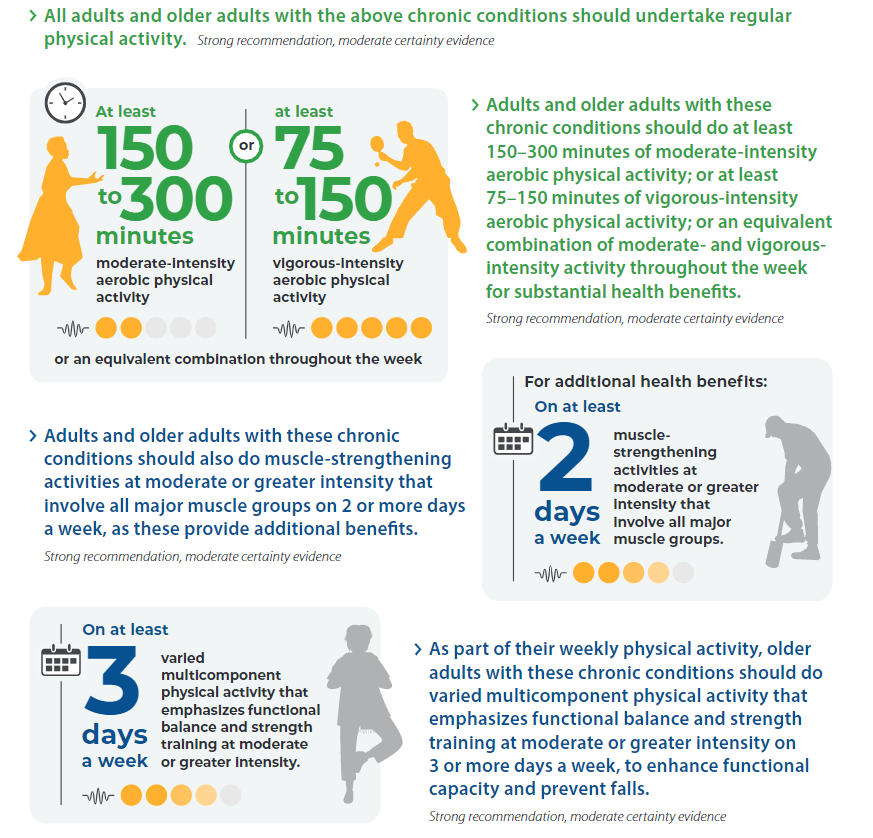
EMS and Bone Health: Strengthening from the Inside Out
While EMS primarily targets muscles, it also has a positive effect on bone health. As we age, our bones become more fragile, and conditions like osteoporosis become a significant concern. EMS stimulates muscle contractions that help to reduce the risk of bone density loss by promoting mechanical stress on bones, which can lead to improved bone strength.
For seniors at risk of osteoporosis or fractures, EMS can be an excellent complement to other bone-strengthening exercises such as weight-bearing activities. The muscle strengthening that comes with EMS also helps to support bones by ensuring they are better protected from injury and frailty.
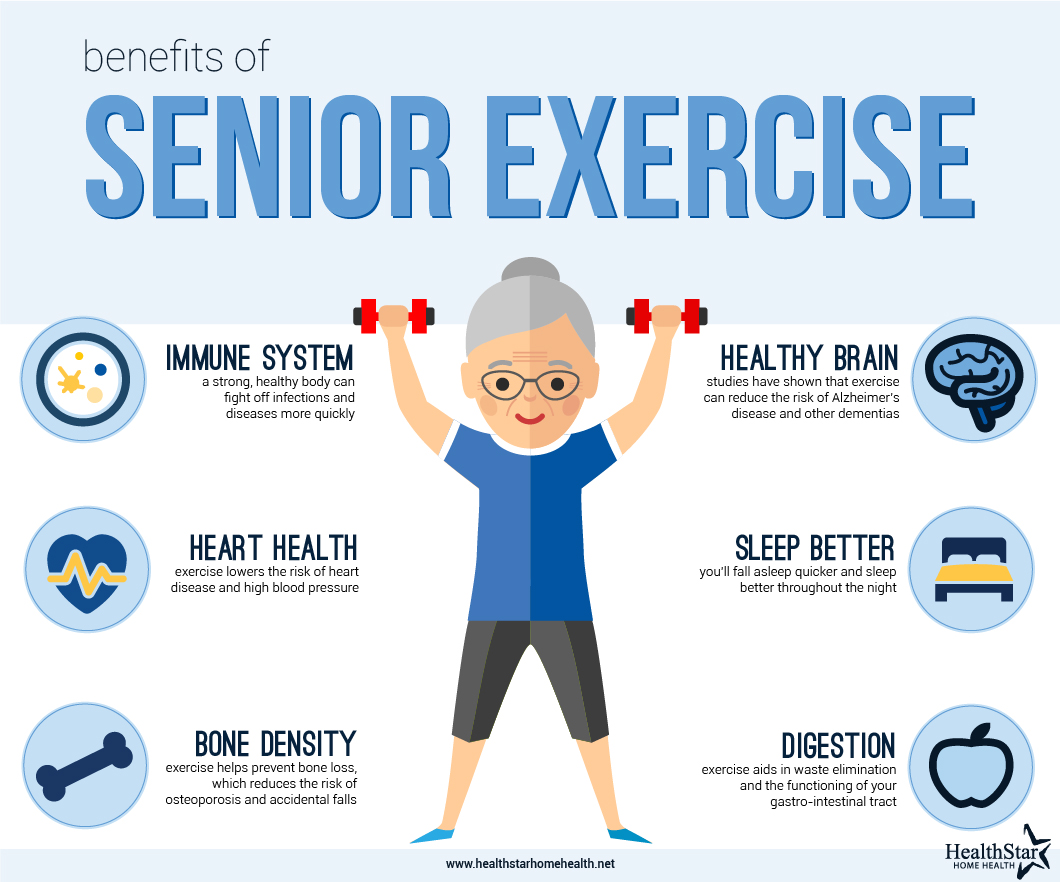
EMS for Fall Prevention: Strengthening Key Muscle Groups
Falls are a leading cause of injury and hospitalization among seniors, often resulting in long-term consequences. EMS can help reduce the risk of falls by improving muscle strength, balance, and coordination. By focusing on the core, legs, and back muscles, EMS targets key areas responsible for maintaining stability and posture.
Strengthening the core muscles, in particular, is essential for preventing falls. A strong core improves balance, coordination, and the ability to react quickly to changes in movement, which can make all the difference in preventing an accidental fall. EMS sessions can be tailored to strengthen these crucial muscle groups, helping seniors stay on their feet and navigate their environment more confidently.
EMS for Joint Health: Gentle on Joints, Powerful for Results
One of the common challenges that seniors face is joint pain, especially in areas like the knees, hips, and shoulders. EMS provides a gentle, low-impact solution for joint health. By stimulating the muscles around the joints, EMS helps to alleviate stress and strain on the joint itself.
For seniors with arthritis or other joint-related conditions, EMS can reduce inflammation and improve joint mobility. Unlike traditional high-impact exercises, EMS doesn’t put additional pressure on the joints, making it a safer alternative for those dealing with pain or stiffness. It’s an excellent option for keeping joints mobile and functional, without exacerbating existing discomfort.
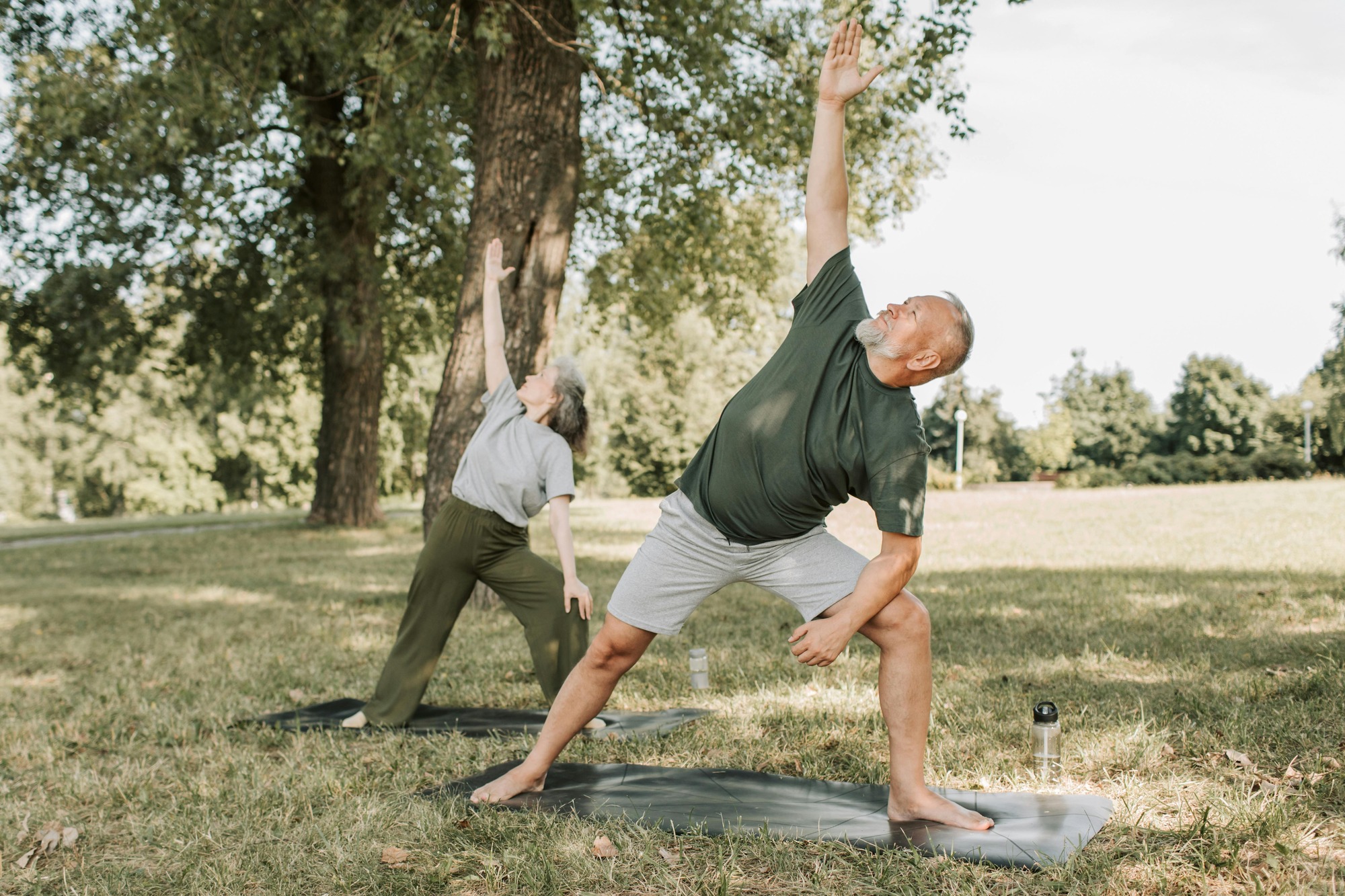
Enhancing Post-Surgery Recovery with EMS
Surgical recovery can be particularly challenging for seniors, especially after procedures related to the hip, knee, or spine. EMS offers an effective method for accelerating recovery by improving blood circulation and reducing muscle atrophy in the affected area.
For seniors recovering from surgery, EMS can help maintain muscle mass and reduce the risk of long-term complications. It can also relieve pain and discomfort associated with the healing process. By promoting circulation and supporting the rehabilitation process, EMS helps seniors regain strength more quickly, allowing them to return to their daily activities with more confidence.
The Role of EMS in Weight Management for Seniors
Maintaining a healthy weight is crucial as we age. Excess weight can place additional stress on muscles and joints, leading to a higher risk of injury and long-term health issues. EMS can be an important part of a weight management routine for seniors, as it promotes muscle building and fat loss, helping to increase metabolism.
By stimulating the muscles, EMS supports fat-burning processes, even when the body is at rest. It’s a great complement to a balanced diet and other weight management activities such as walking or swimming. Seniors looking to maintain or lose weight can use EMS as a safe and effective way to achieve their goals without putting additional strain on their bodies.
EMS and its Role in Promoting Healthy Aging
Aging is an inevitable process, but the way we age is largely determined by the lifestyle choices we make. EMS is an innovative tool that empowers seniors to take control of their health and aging process. By improving muscle strength, joint mobility, bone density, and overall well-being, EMS helps seniors stay active, independent, and vibrant well into their later years.
With advancements in EMS technology, it’s now easier than ever for seniors to incorporate this powerful tool into their lives. Whether used for strength training, rehabilitation, or injury prevention, EMS can be a key component in the journey towards healthy aging.
EMS for Social Engagement: Staying Active and Connected
Physical health is just one aspect of overall well-being—social engagement is equally important, especially as we age. Seniors often face isolation, which can lead to feelings of loneliness and depression. EMS training offers an excellent opportunity for social interaction while improving physical health.
Many EMS providers offer group sessions or community-based training, allowing seniors to connect with others who share similar health goals. Whether in a group setting or as part of a rehabilitation class, EMS sessions foster a sense of camaraderie and provide a chance for seniors to socialize, share experiences, and support one another. This social connection is essential for maintaining mental health and emotional well-being.
Additionally, staying physically active through EMS helps seniors maintain the energy and confidence needed to participate in social activities, whether it’s meeting friends for a walk, engaging in family gatherings, or participating in community events. Regular exercise, including EMS, encourages seniors to stay connected to the world around them and promotes an active, engaged lifestyle—essential components of healthy aging.
By combining the physical benefits of EMS with the positive social aspects, seniors can experience improved mental health, increased happiness, and a greater sense of purpose.
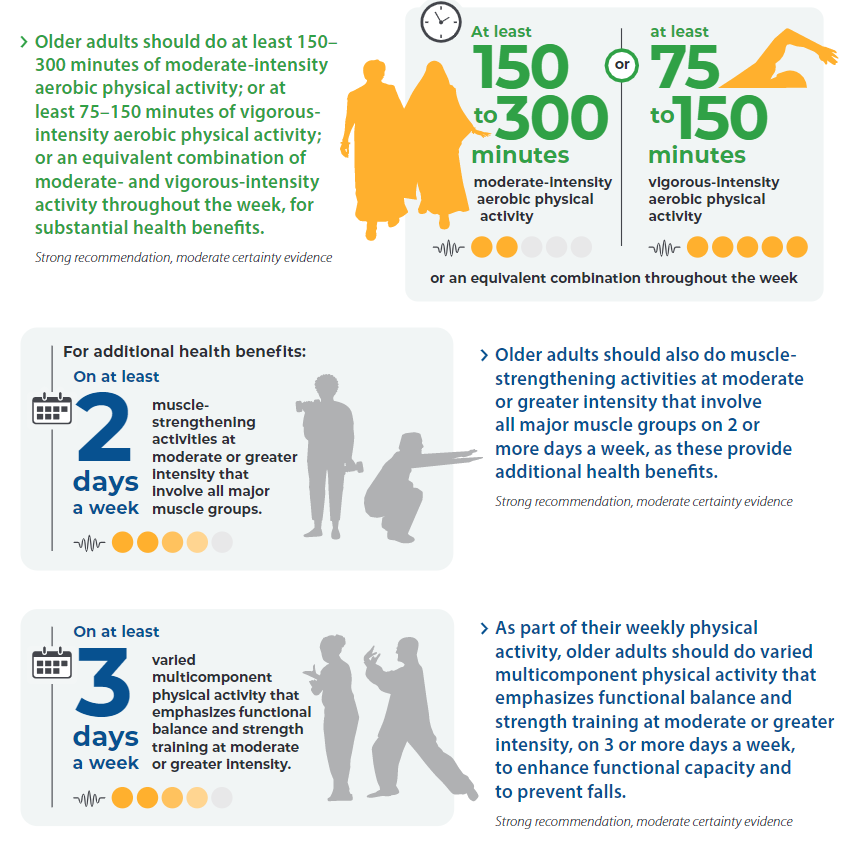
Empowering Seniors Through EMS
Electrical Muscle Stimulation (EMS) offers a unique and effective solution for seniors looking to maintain their strength, mobility, and independence as they age. By providing a safe, low-impact alternative to traditional exercise, EMS supports muscle growth, reduces pain, and improves overall physical function. Whether it’s for managing chronic conditions, rehabilitating from injury, or preventing falls, EMS has the potential to significantly enhance seniors’ quality of life.
At SQAI, we are committed to helping seniors embrace the power of EMS and make it an essential part of their wellness routine. If you or a loved one are interested in learning more about how EMS can benefit your health and mobility, reach out to us today for personalized guidance and training options tailored to your needs. Let’s take the first step towards a stronger, healthier future together.

